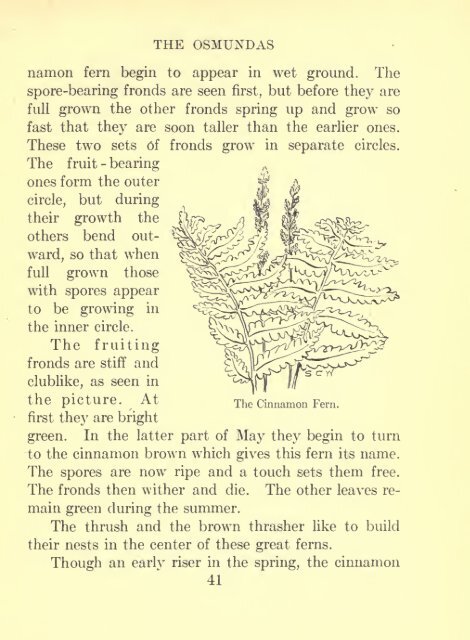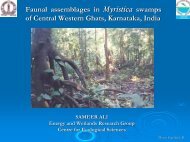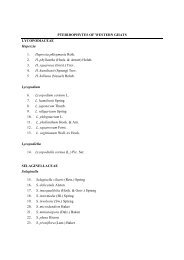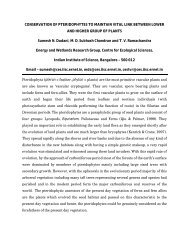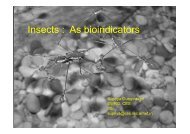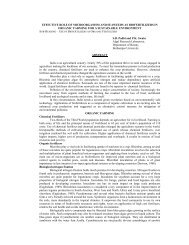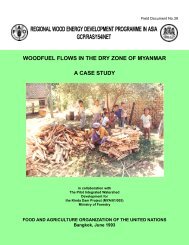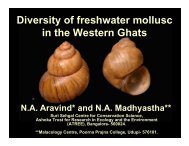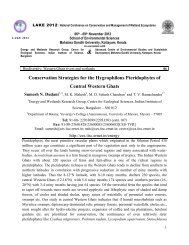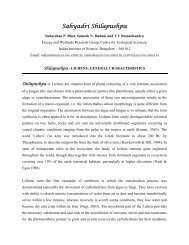Flowerless plants; ferns, mushrooms, mosses, lichens, and seaweeds
Flowerless plants; ferns, mushrooms, mosses, lichens, and seaweeds
Flowerless plants; ferns, mushrooms, mosses, lichens, and seaweeds
You also want an ePaper? Increase the reach of your titles
YUMPU automatically turns print PDFs into web optimized ePapers that Google loves.
THE OSMUNDAS<br />
namon fern begin to appear in wet ground. The<br />
spore-bearing fronds are seen first, but before they are<br />
full grown the other fronds spring up <strong>and</strong> grow so<br />
fast that they are soon taller than the earlier ones.<br />
These two sets of fronds grow in separate circles.<br />
The fruit - bearing<br />
ones form the outer<br />
circle, but during<br />
their growth the<br />
others bend outward,<br />
so that when<br />
full grown those<br />
with spores appear<br />
to be growing in<br />
the inner circle.<br />
The fruiting<br />
fronds are stiff <strong>and</strong><br />
clublike, as seen in<br />
the picture. At<br />
first they are bright<br />
The Cinnamon Fern.<br />
green. In the latter part of May they begin to turn<br />
to the cinnamon brown which gives this fern its name.<br />
The spores are now ripe <strong>and</strong> a touch sets them free.<br />
The fronds then wither <strong>and</strong> die. The other leaves remain<br />
green during the summer.<br />
The thrush <strong>and</strong> the brown thrasher like to build<br />
their nests in the center of these great <strong>ferns</strong>.<br />
Though an early riser in the spring, the cinnamon<br />
41


